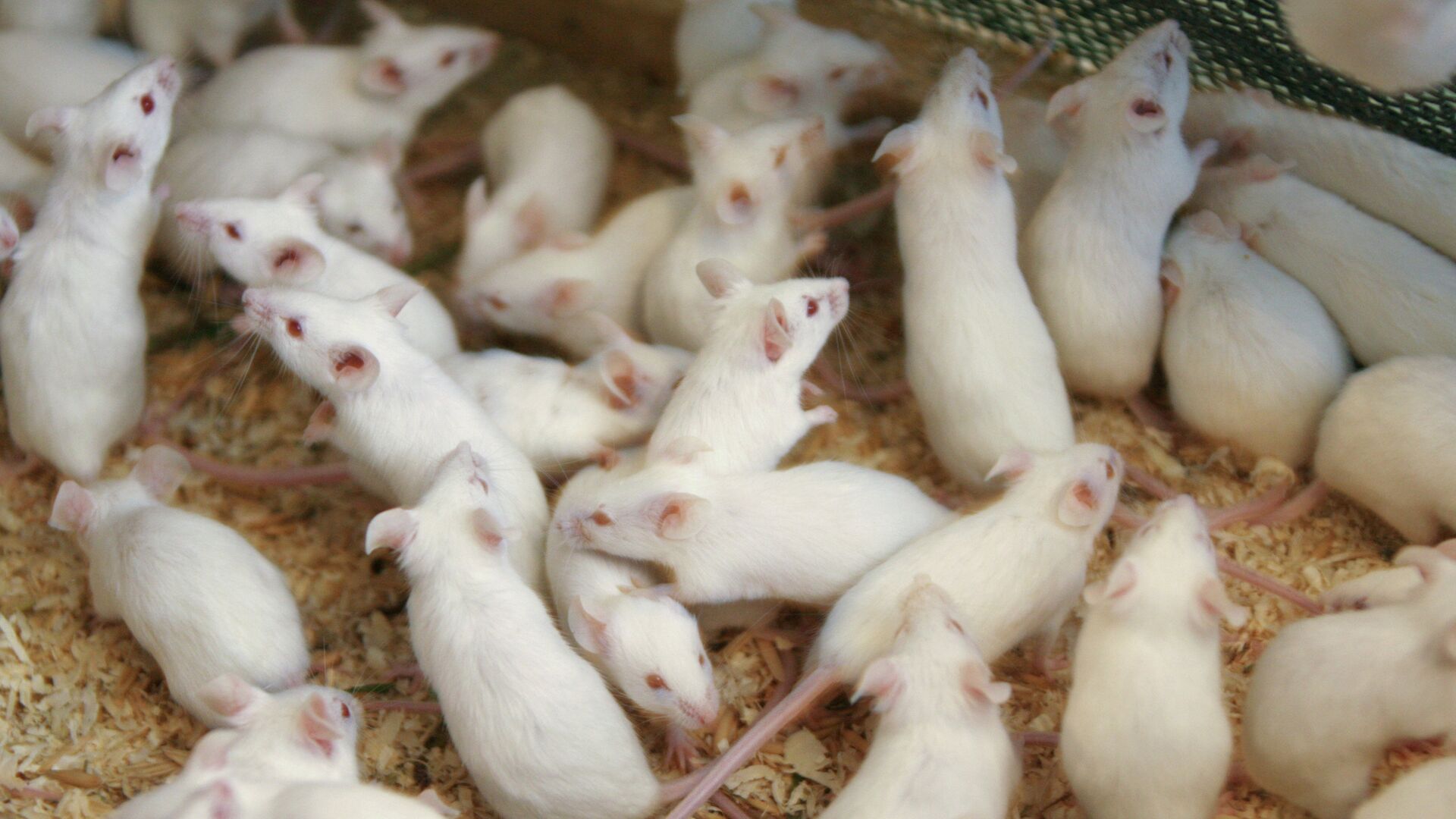https://sputnikglobe.com/20221225/coked-up-lab-rats-may-reveal-secrets-of-drug-addiction-1105788506.html
Coked-Up Lab Rats May Reveal Secrets of Drug Addiction
Coked-Up Lab Rats May Reveal Secrets of Drug Addiction
Sputnik International
The research revealed that a particular area of the brain of lab animals that exhibited compulsive drug use displayed increased activity compared to the... 25.12.2022, Sputnik International
2022-12-25T19:03+0000
2022-12-25T19:03+0000
2022-12-25T19:03+0000
science & tech
rats
cocaine
drug use
study
https://cdn1.img.sputnikglobe.com/img/19046/23/190462369_0:160:3073:1888_1920x0_80_0_0_7cf924eb519511c513e8ca7476edccde.jpg
A team of Chinese researchers has announced a discovery of what may well be a potential insight into the mechanism behind compulsive drug use.The authors of the new study, which was published in the journal Science Advances this week, taught a number of lab rats to self-administer cocaine before introducing a footshock punishment into the equation, thus making the drug-taking procedure painful for the rodents.The researchers observed that some 66 percent of the rats, those that were deemed “shock sensitive”, quickly reduced the cocaine self-administration, while the remaining 34 percent, the “shock resistant” ones, continued to indulge themselves despite the discomfort they ended up inflicting upon themselves in the process.The team noticed that the rats that thus exhibited compulsive drug use, which is “characterized by persistent substance use despite adverse consequences,” displayed an “increased neural activity of the anterior insular cortex (aIC)” compared to the rats that did not adopt a compulsive behavior.The team expressed hope that their work might help gain further insight into the nature of compulsive drug use and assist in developing therapies for treating drug addiction.
Sputnik International
feedback@sputniknews.com
+74956456601
MIA „Rossiya Segodnya“
2022
Sputnik International
feedback@sputniknews.com
+74956456601
MIA „Rossiya Segodnya“
News
en_EN
Sputnik International
feedback@sputniknews.com
+74956456601
MIA „Rossiya Segodnya“
Sputnik International
feedback@sputniknews.com
+74956456601
MIA „Rossiya Segodnya“
science & tech, rats, cocaine, drug use, study
science & tech, rats, cocaine, drug use, study
Coked-Up Lab Rats May Reveal Secrets of Drug Addiction
The research revealed that a particular area of the brain of lab animals that exhibited compulsive drug use displayed increased activity compared to the non-compulsive lab animals.
A team of Chinese researchers has announced a discovery of what may well be a potential insight into the mechanism behind compulsive drug use.
The authors of the new study, which was published in the journal Science Advances this week, taught a number of lab rats to self-administer cocaine before introducing a footshock punishment into the equation, thus making the drug-taking procedure painful for the rodents.
The researchers observed that some 66 percent of the rats, those that were deemed “shock sensitive”, quickly reduced the cocaine self-administration, while the remaining 34 percent, the “shock resistant” ones, continued to indulge themselves despite the discomfort they ended up inflicting upon themselves in the process.
The team noticed that the rats that thus exhibited compulsive drug use, which is “characterized by persistent substance use despite adverse consequences,” displayed an “increased neural activity of the anterior insular cortex (aIC)” compared to the rats that did not adopt a compulsive behavior.
“Chemogenetic manipulating activity of aIC neurons, especially aIC glutamatergic neurons, bidirectionally regulated compulsive cocaine intake. Furthermore, the aIC received inputs from the orbitofrontal cortex (OFC), and the OFC-aIC circuit was enhanced in rats with compulsive cocaine use,” the researchers wrote. “Suppression of the OFC-aIC circuit switched rats from punishment resistance to sensitivity, while potentiation of this circuit increased compulsive cocaine use.”
The team expressed hope that their work might help gain further insight into the nature of compulsive drug use and assist in developing therapies for treating drug addiction.

